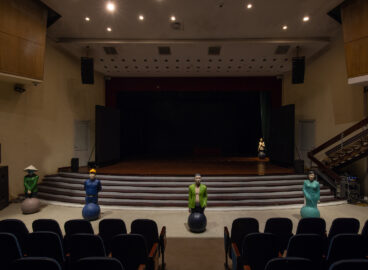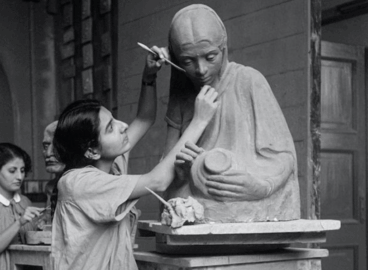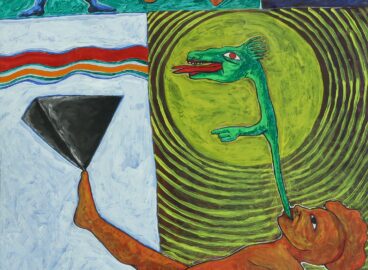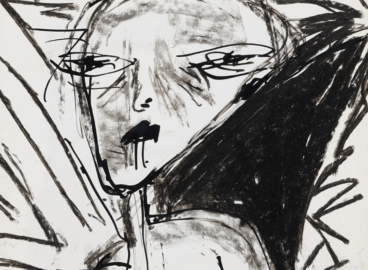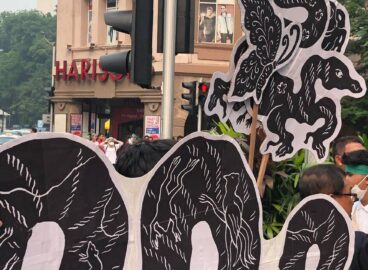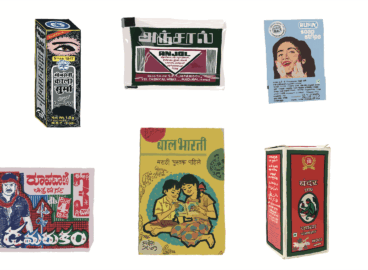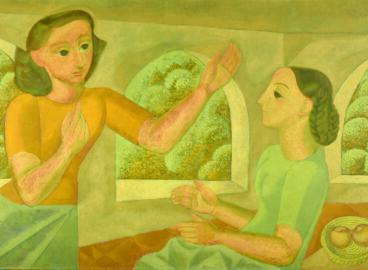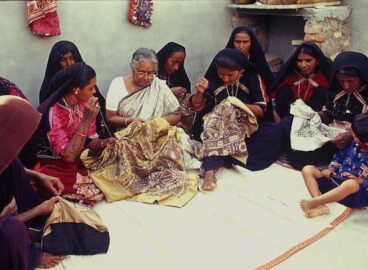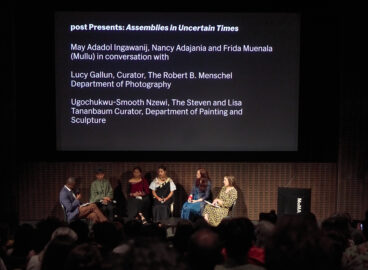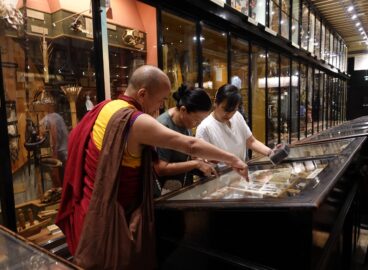Hanoi Children’s Palace: Nostalgia for the “New Socialist Human”
Beyond formal schooling, Hanoi Children’s Palace extended socialist cultivation into leisure time, reverie, artistic endeavors, and sports training. More than simply school routine, rituals were designed to develop the body and mind of the “new socialist human,” laying the foundation for building socialism in post-independence Vietnam. Taking the ideological history, architecture, and uncertain future of the Children’s Palace as a point of departure within the city’s broader projection of the creative industries as a strategic force, the project sought to examine how the institution’s pedagogical inheritance persists within the textures of everyday life and socialist memory.
